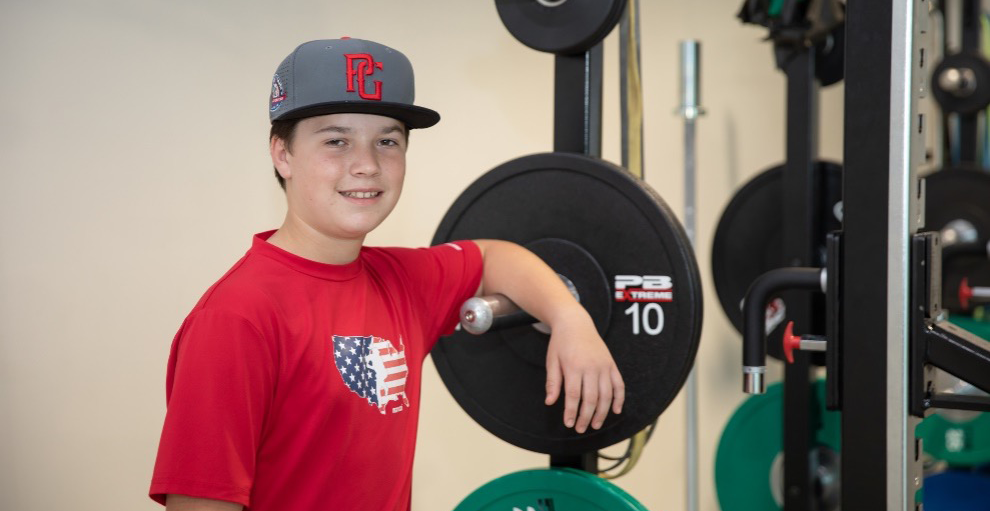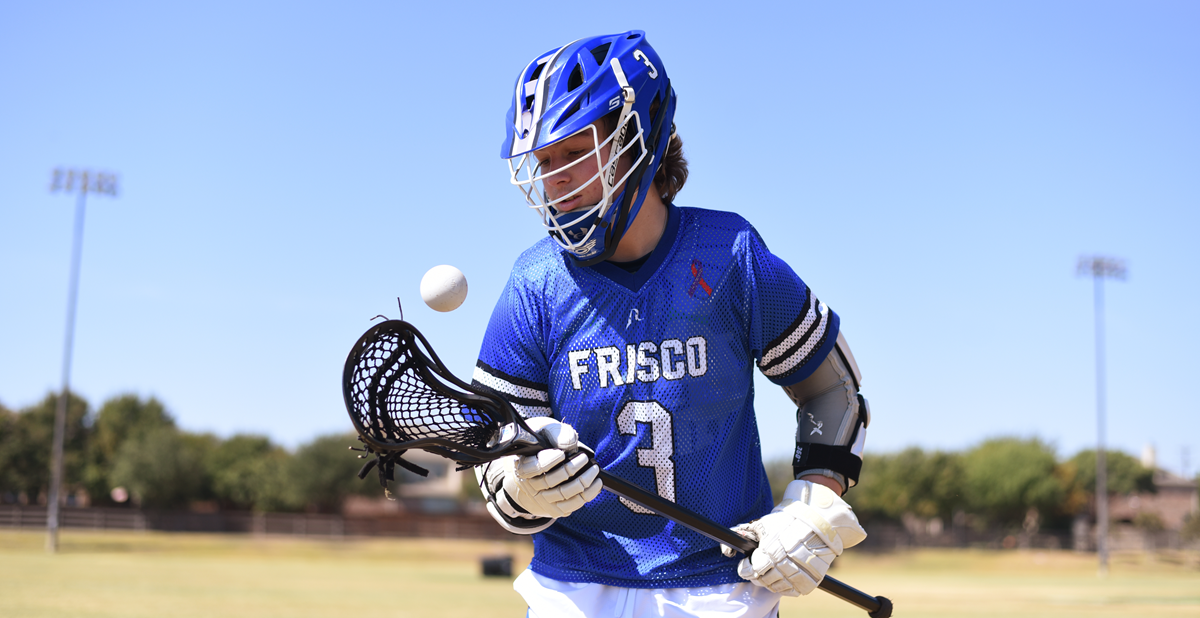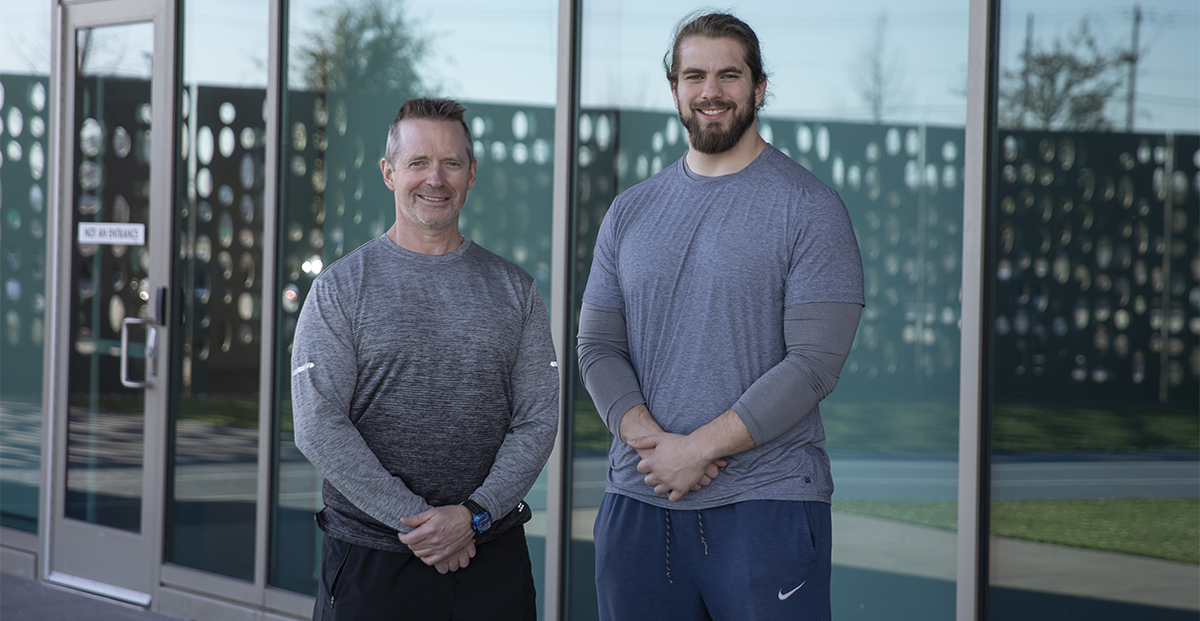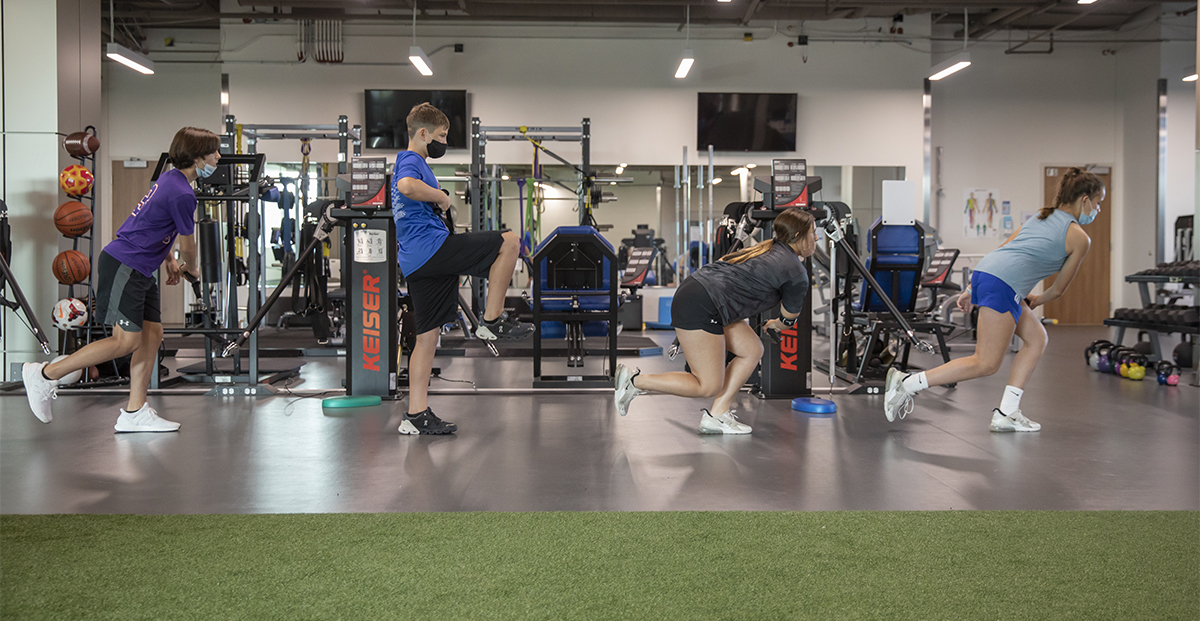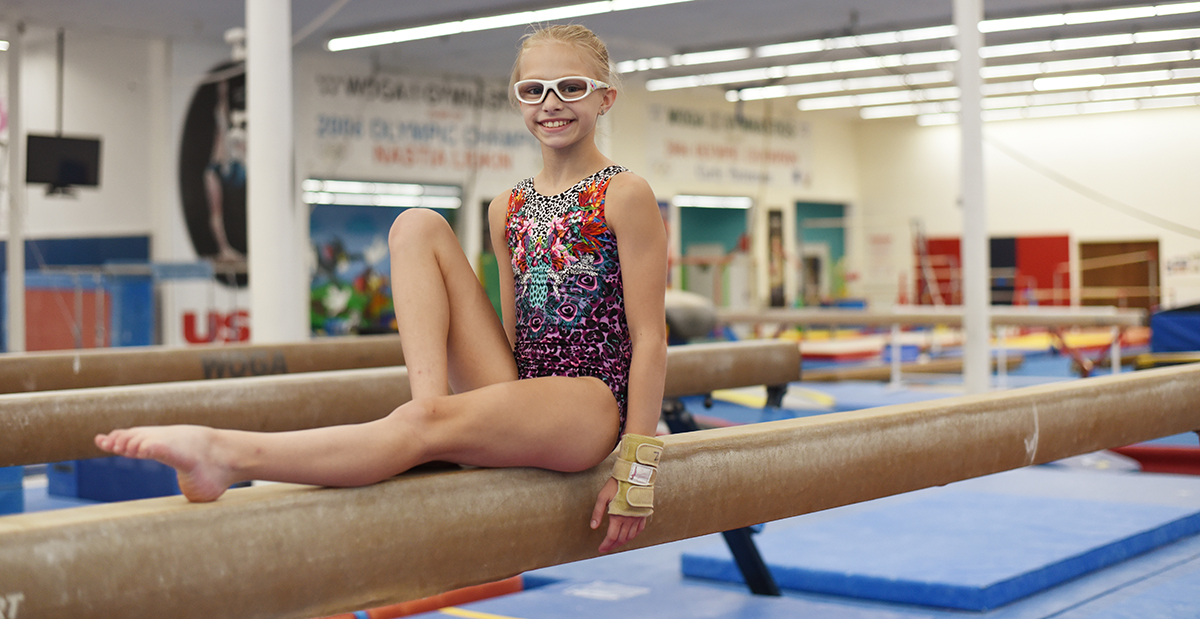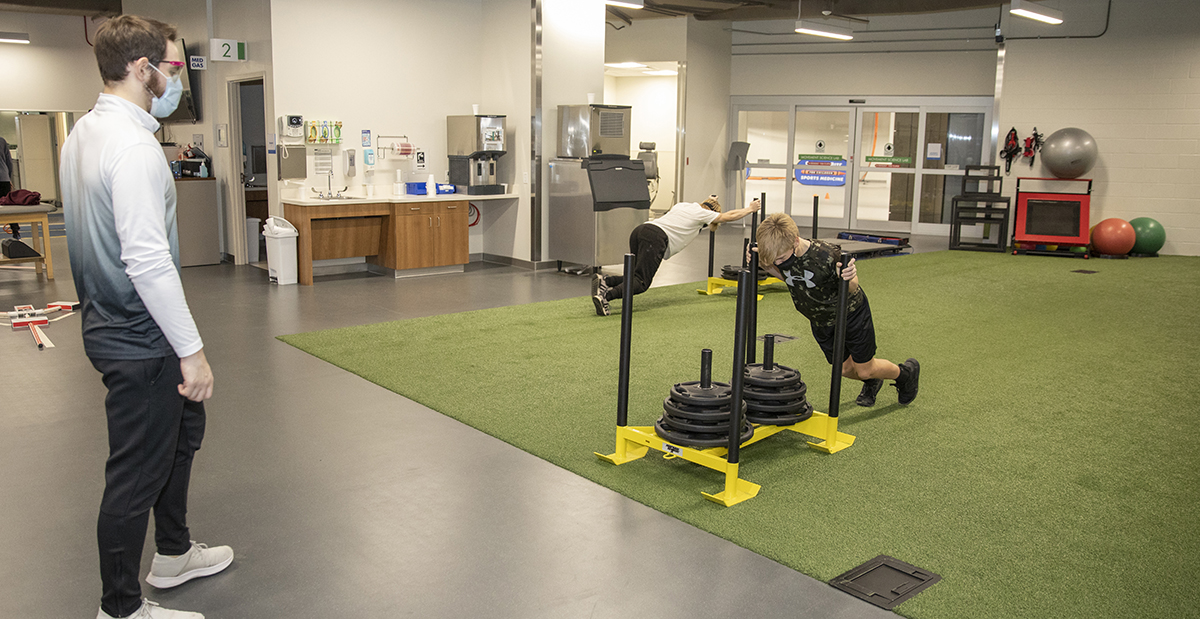A young baseball player hears a pop and immediately feels pain in his throwing elbow while playing club baseball. At his first visit to Scottish Rite for Children’s Fracture Clinic, Parker and his family were told that surgery was necessary to reattach a separated...
